Hockey Players: Work Your Core and Lower Body
- brucepye
- Nov 4, 2014
- 3 min read

Good afternoon!
Today I would like to take a look the benefits of—and importance of—lower body and core training for hockey players.
Here at Next Level Training, we have a lot of ice hockey players training here on a daily basis and trying to become bigger, faster, and stronger. One of the hardest jobs that we have here is making sure that each individual athlete is working towards his or her goals. It’s very common for high school and college athletes to come to the gym wanting to bench press and do arm curls. But, because of the nature of the sport of ice hockey, we tend to have mostly lower body and core-focused workouts.
There is not much need for a big bench press in hockey. In fact, in 2012 at the NHL combine, the bench press test was 150 pounds for max reps. The best score recorded was 17 reps. Let me repeat that—17 reps. I can do that, and most likely so can you! For purposes of comparison, in the NFL at the combine, the bench press test is 225 pounds. For the NFL, the best recorded score was 42 (42 reps at 225 pounds). That’s insane.
The stark contrast just goes to show you that there is no correlation between bench press strength and ability to play in the NHL. Keith Jones, who played successfully in the NHL for almost a decade, wrote a book about his playing days and confessed that he could never bench 135 pounds.
Of course, I will not sit here and tell you that we don’t do our fair share of upper body work here. However, our focus is still on lower body and core dominant workouts.
The act of skating alone utilizes every muscle in your lower body and core in either a primary, secondary, agonistic, or antagonistic standard. The main muscles being used are the following:
Glutes
Quadriceps
Hamstrings
Gastrocnemius (calf muscles)
Adductors (muscles on inside of your thighs)
Erector Spinae
Rectus Abdominis
Obliques
You’re probably thinking, “Wow, that’s a lot of muscles.” You’re right. But, don’t forget that those muscles are just for skating.
Now we have to take into account the different actions involved in hockey. On top of skating, you need to be able to shoot, pass, stick handle, check someone, receive a check, and stop on a dime. All of these actions also require your lower body and core to work in some capacity. With that being said, let’s take a look at some of the best exercises that you can do to help your lower body and core:
Lower body:
Squats
Deadlifts
Rear Foot Elevated Squats
Step-ups
Lunges
Lateral Lunges
Core exercises:
Planks
Wood chops
Rollouts
Side bends
Back extensions
Russian Twists
While this may only look like twelve exercises in total, there are plenty of variations of each exercise that you can perform. Now, of course, you are not going to work your legs every single day. As a trainer, I recommend three (3) full-body lifts per week that are lower-and core-centered. Here is a sample full-body in-season workout from one of our college hockey players:
Medicine ball warm-up
-
Cable wood chops (high to low)
Stability ball roll-outs
Feet-elevated plank
-
Deadlifts
-
Rear-foot elevated squats
Dumbbell rows
Incline dumbbell press
-
Goblet walking lunges
Dumbbell pullovers
Overhead dumbbell press
-
Stability ball leg curls
Pull-ups
Multi-level push ups
As you can see, this workout is a full-body workout, with a little more emphasis on the core and lower body. I am a big fan of working the core first, as it promotes blood flow to your trunk, an area that is used for all of your big lifts. You will feel stronger and lift bigger, which also will have a positive correlation with your on-ice performance.
Let me know what you think! I enjoy all of the feedback! Bill@nextlevelnj.com



Comments